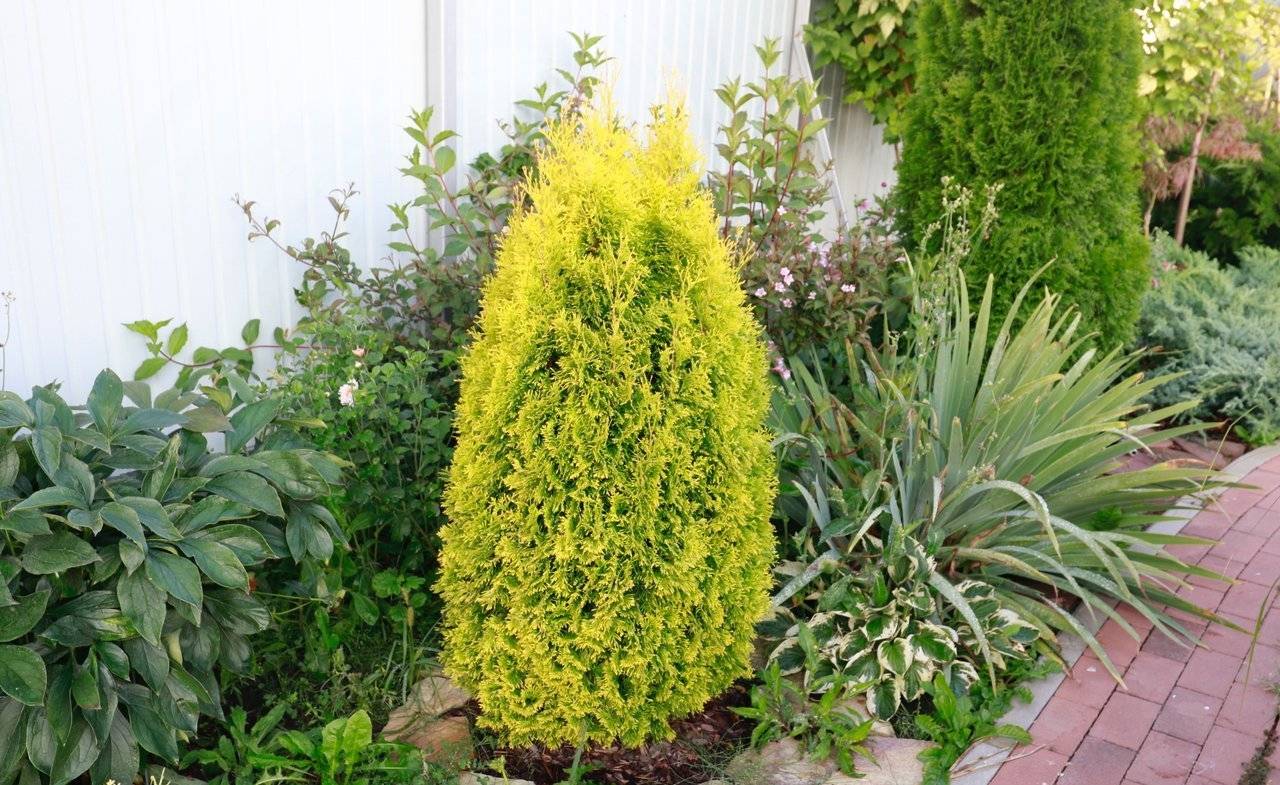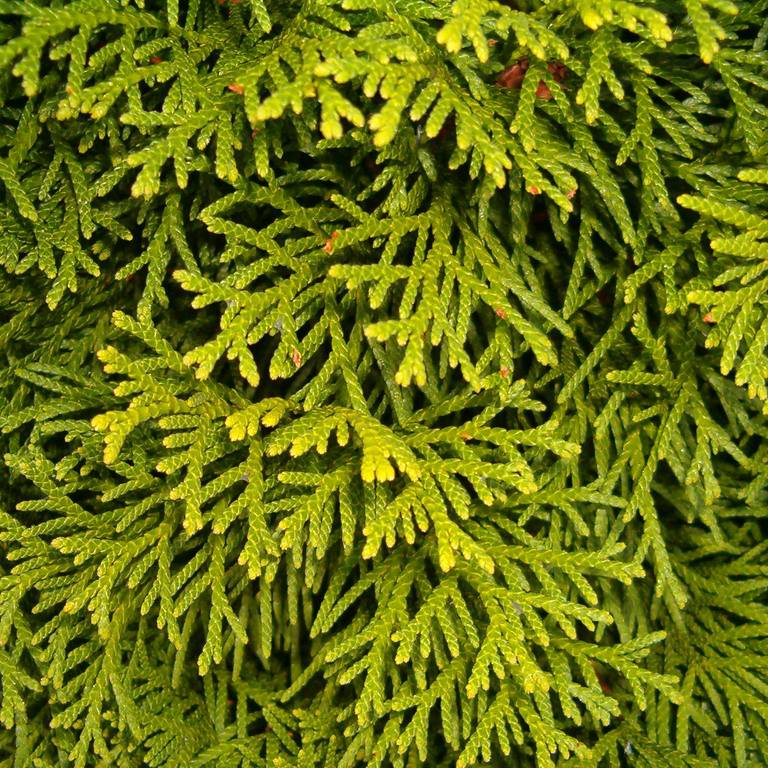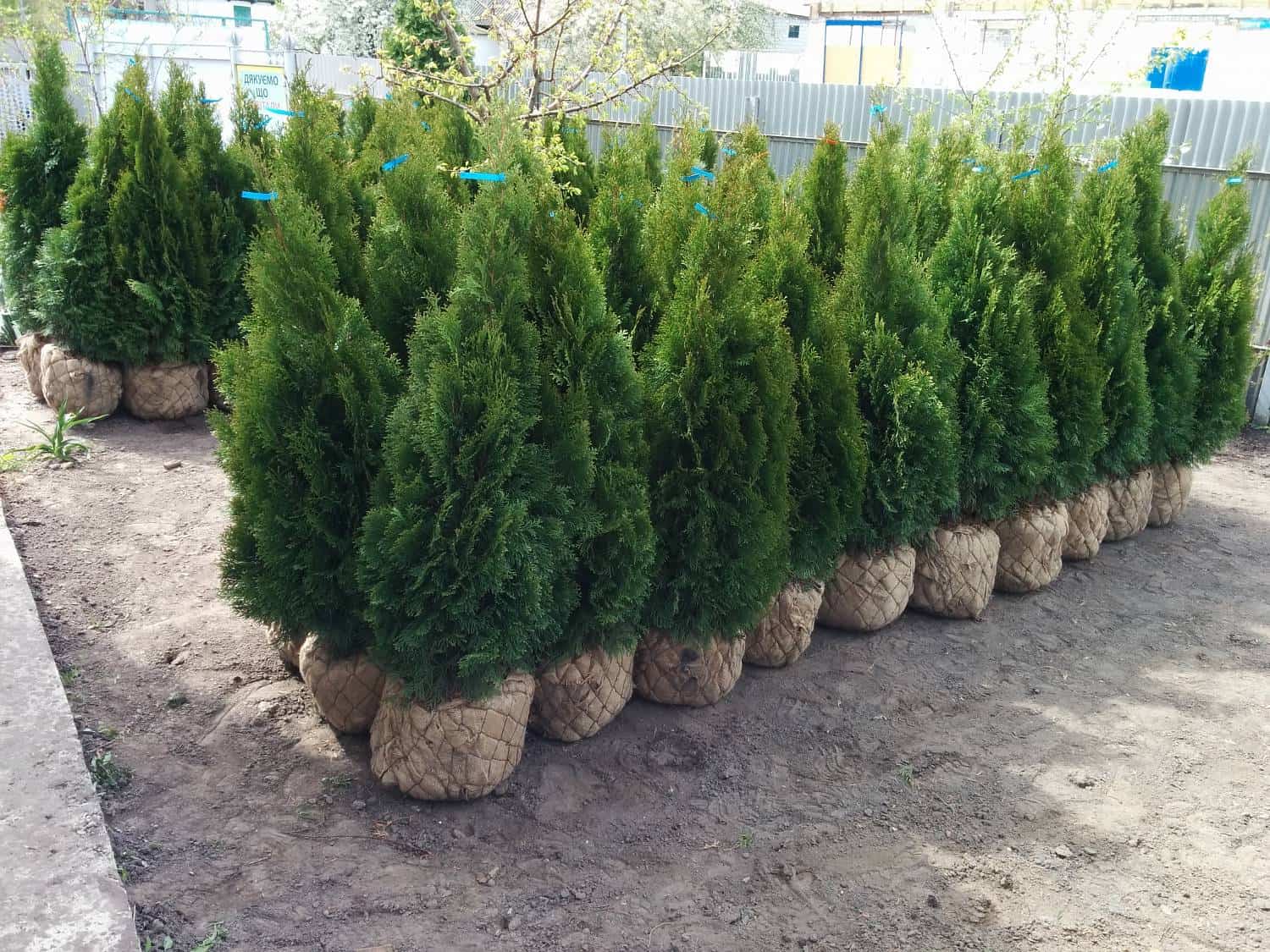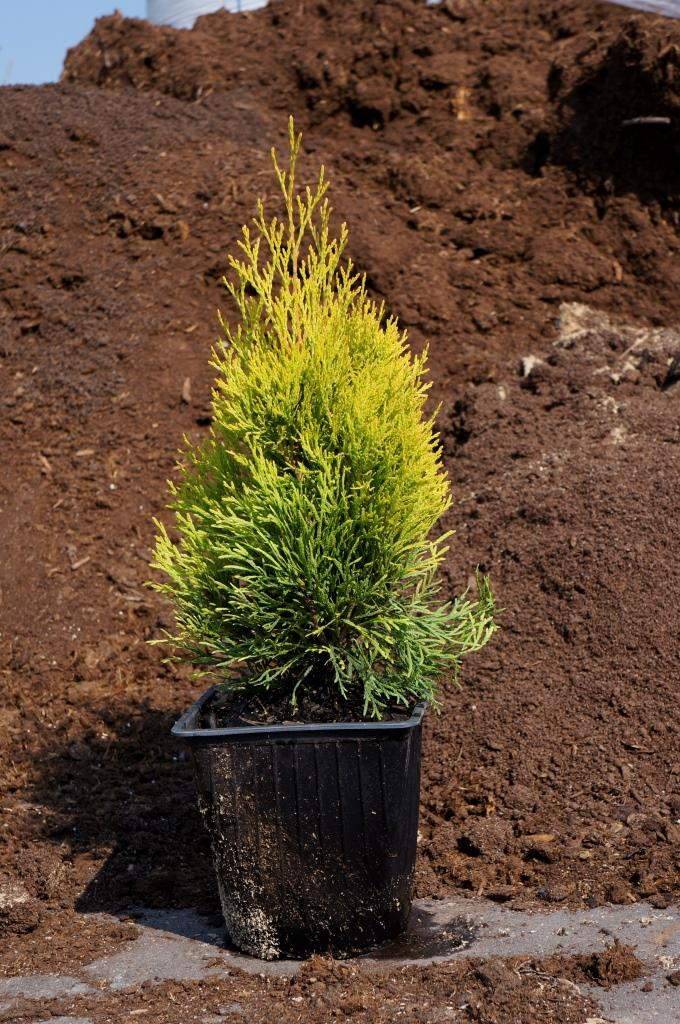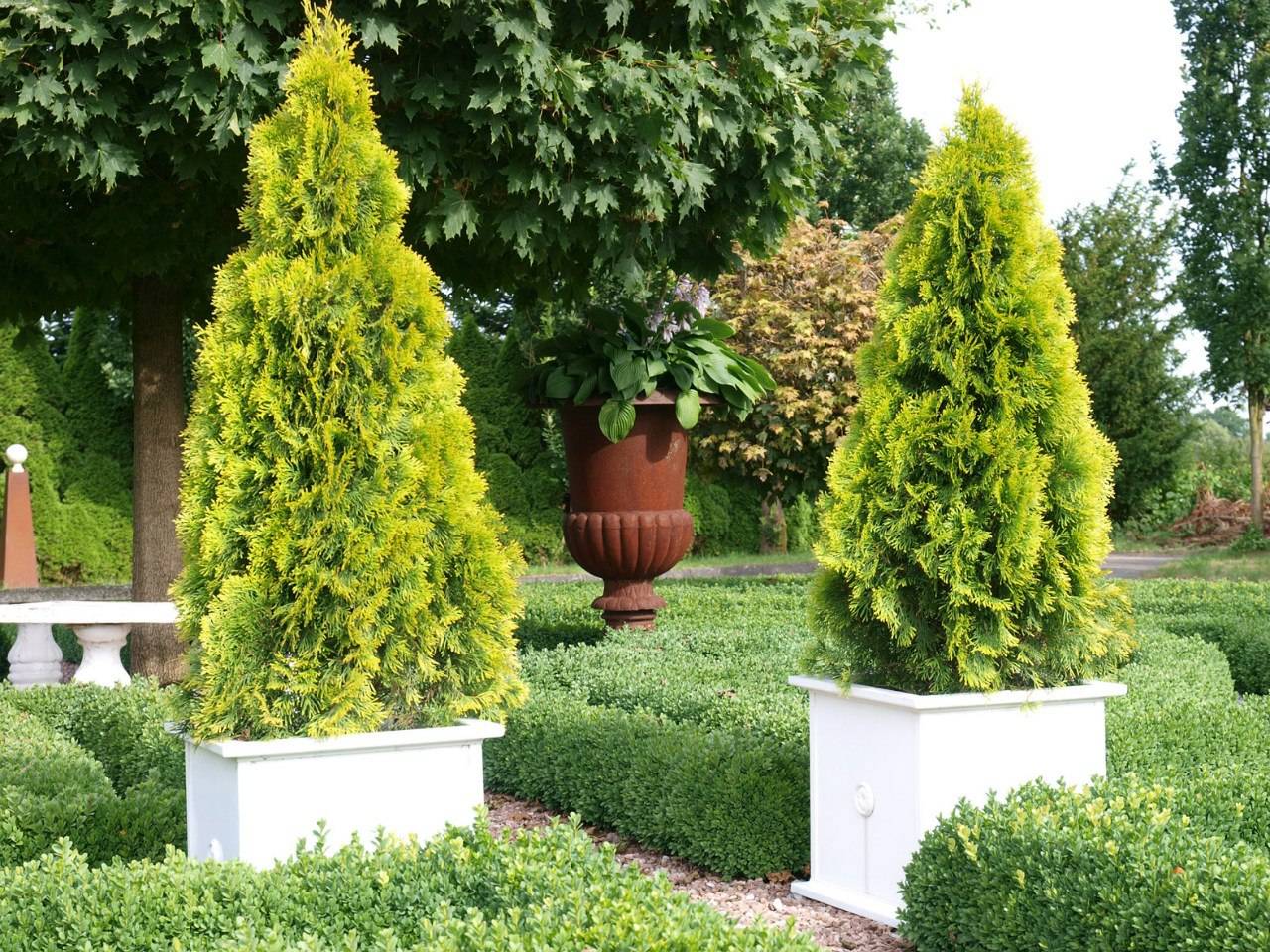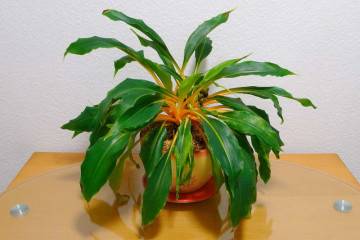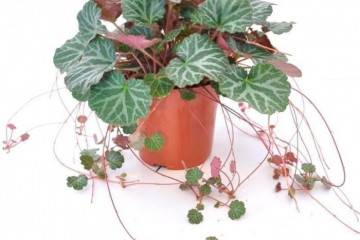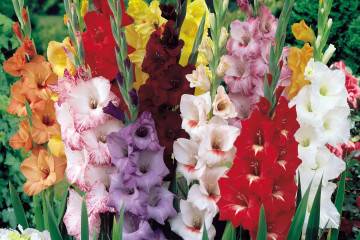Thuya Golden Smaragd - description
Content:
To make the personal plot look attractive regardless of the season, decorative thuja are planted on it. Thuja Golden Smaragd is considered one of the most unpretentious and popular varieties. This plant has an attractive and aesthetic appearance, as well as small dimensions and unpretentious care.
Description of golden thuja Golden Smaragd
This ornamental evergreen plant belongs to protected varieties. It is strictly forbidden to reproduce it without special permission. Designers and gardeners use the cultivar to frame paths, divide an area into segments, and create hedges.
Characteristics and dimensions
Thuja Golden Smaragd is a plant of the Cypress family. Its trademark is the pyramidal crown and amber-green needles.
The plant belongs to medium-sized species, reaches a height of about 2.5 m. It has a minimum annual growth, which varies from 8 to 13 cm. Thuja western Golden Smaragd is characterized as a frost-hardy, unpretentious plant with an average degree of drought resistance. The shape of the plant is narrow pyramidal. The volume of the crown is about 1.3 m.
The diameter of the central trunk is average; it tapers towards the top. Its color is dark and the surface is rough. The branches grow at a 45 ° angle and are short and very strong. Scaly needles, soft, tightly adjacent to each other. The shade is yellow-green at the base, and bright golden at the top.
Every year, thuja forms a small amount of oval cones of dark brown color, about 1 cm long.
Tuya Smaragd Gold, the description of which is known to every designer and almost all novice gardeners, refers to evergreen perennials that retain their decorative habit throughout the year.
Use in landscape design
If you need to create a hedge, landscape designers prefer exactly the western Golden Smaragd. This plant well masks private territory from prying eyes. This is achieved due to the fact that mature trees grow taller than human growth.
Single thuja, which are often planted in the center in small flower beds, look spectacular and aesthetically pleasing. Such specimens can be combined with evergreen shrubs or trees. Thuja of this variety have earned wide popularity in rock gardens that imitate mountainous terrain.
History of appearance
The variety was bred by the Pole E. Kubik in 1999. For the next ten years, this plant was not released on the market. A significant event took place in 2009.
Thuya Golden Smaragd: planting and care
The further growth and development of thuja completely depend on the place for planting and the correctly chosen cutting. Therefore, the process should be approached responsibly.
How to choose a seedling when buying
When choosing planting material, you should refuse to buy those options that have thin roots and the central part is not developed. Such cuttings are not suitable for propagation, since they will not be able to take root.
You should also pay attention to the external condition of the needles. It is recommended to purchase those specimens in which it is soft and thick, there are no brightly colored and dry areas.
Site selection and soil preparation
Its decorative effect will depend on the correct lighting of the area on which the western thuja Golden Smaragd will grow. If you plant a plant in the shade, then the needles will not be bright, and the crown will become loose.
Preference should be given to soil with optimal acidity. Also, the plant can be planted on slightly acidic soil. Planting should be done in light, fertile, oxygenated and well-drained soil. Experienced gardeners prefer to plant thuja Golden Smaragd on clay sandy loam. In this case, the occurrence of groundwater should be at a level of 30 m.
Before planting, the soil must be properly prepared: dig up, remove all weeds and, if necessary, feed immediately. It is recommended to add a mixture of nitrogen, potassium and phosphorus to the soil.
Features of correct planting and transplanting a plant
The correct planting of thuja Smagard golden is an equally important stage on which the further development and decorativeness of the plant depends. To grow a beautiful thuja, you must perform the following steps during planting:
- First you need to remove the pot from the root ball, then carefully place the seedling in the hole and cover it with soil.
- The root collar of the seedling should be positioned above the soil level when planting.
- Water and compact the soil.
Regular watering is required after planting.
Care during the growing season
It will not be difficult to grow and plant thuja Smaragd Gold. The most important thing is to provide the plant with regular and complete care.
For this variety, the most important thing is to properly water the plant, loosen the soil and remove weeds.
Among other things, the plant requires pruning and sanitary cutting. Such actions will help to correctly form the crown.
Top dressing
The first time the fertilizer is applied at planting. The next feeding is carried out in a year. The best time to do this is in the spring.
Features of winter care
Depending on the climatic zone, the plant is prepared for cold weather. Gardeners recommend covering the thuja for the winter and insulating its root system in Siberia and the Urals.
Pruning
In early spring, it is imperative to prune dry old shoots. Called sanitary pruning, this type of pruning helps to protect the plant from pests and diseases.
How Tuya Golden Smaragd reproduces
Thuja reproduces in two ways.
- Seeds. For such reproduction, it is necessary to extract the planting material from the cones in the second half of September and immediately plant it on the site. Also, seeds can be planted in February. To do this, they are placed in special containers for seedlings.
- Cuttings. For harvesting cuttings, last year's shoots are best suited. They are cut with a length of at least 15 cm, and the needles from the bottom must be removed.
Each of the listed breeding methods has its own characteristics, advantages and disadvantages. The choice depends on the individual preferences of the gardener.
Possible problems in growing thuja Golden Smaragd
Due to its unique characteristics and characteristics, the plant rarely suffers from diseases. But, despite this, you need to carefully monitor the condition of the tree and immediately take action if any deviations appear.
Most often, thuja of this variety have the following problems:
- a fungus appears. This is evidenced by the yellowing of the needles and the appearance of a brown tint on the shoots. Trimming the affected areas and their destruction will help to cope with the problem;
- defeat with a false scale. Growths similar to cones appear on the plant. Insecticidal preparations will help to cope with the problem;
- shoots and needles were struck by a thuja aphid. You can eliminate it with karbofos.
It is necessary to take care and look after the plant responsibly. If even minor deviations appear, you need to immediately react and process the needles. Only then can a healthy and beautiful tree be grown.
Golden Smaragd is a beautiful evergreen plant. By planting it on the site, you can significantly improve the atmosphere and give an aesthetic appearance to the yard. This plant will fit perfectly into the design of any garden. At the same time, it will beautifully set off the nearby fences and give the entire ensemble an exquisite and unique look.
